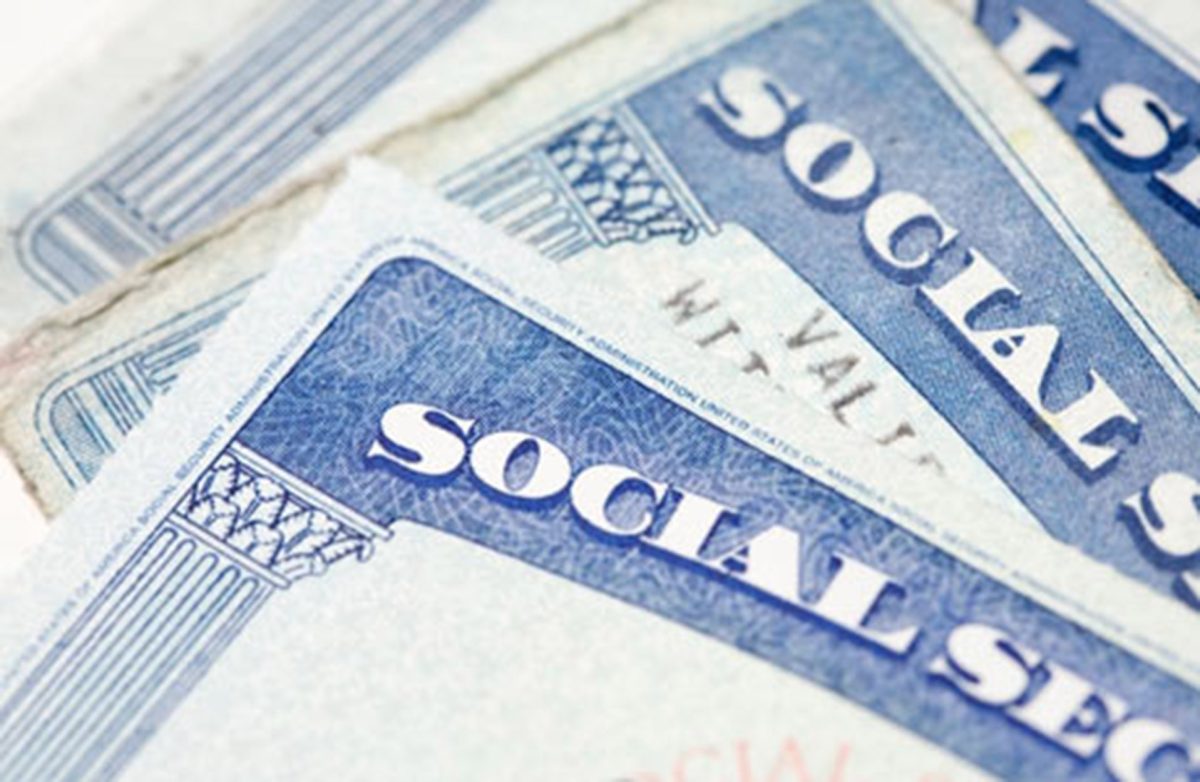Everybody wants a better deal, so when it comes to paying off the mortgage – likely your most costly ongoing bill – it makes sense to shop around and potentially refinance.
After interest rates went through a series of increases between May 2022 and November 2023, raising the official cash rate by 425 basis points (bps), borrowers either had to stomach inflated repayments or turn to refinancing in the hope of easing the financial burden.
Mortgage Choice data shows refinancing activity for the most recent cycle peaked in June 2023 when it represented 47% of home loan submission data. Since then, refinancing has been steadily declining, representing only 30-32% of loans submitted this calendar year.
Now with light at the end of the interest rate tunnel, and experts tipping a rate drop in early 2025, lender competition could soon be heating up with refinancing numbers set to follow.
Where are interest rates headed?
REA Group senior economist Eleanor Creagh said that after a period of widespread uncertainty around the direction of interest rates, hope is now on the horizon for 2025.
“Interest rate expectations have been on a roller coaster ride this year. If we cast our minds back to the first quarter of 2024, many people thought rates would be moving lower already.
REA Group senior economist Eleanor Creagh says she expects an increase in borrowers looking for better rates when rates change. Picture: realestate.com.au
“We’ve seen those expectations shift quite significantly. I don't think, based on market pricing, that a rate cut will happen now until April next year, whereas, just a couple of weeks ago we were all sure it would be February,” she explained.
“Interest rate expectations are still subject to a degree of uncertainty, and that's likely to remain the case until we see the flow of data over coming months.”
Why home loan refinancing has cooled
After surging last year, refinancing activity has slowed as many mortgage holders have either already made a move, or are waiting for rates to fall.
“We saw a lot of movement from homeowners coming off ultra-low fixed rates they’d taken up during the pandemic period, that’s when we really saw refinance activity surge. However, the bulk of that activity has run its course,” Ms Creagh explained.
“The number of mortgage holders looking to refinance is now significantly lower, and until we get more clarity around the future path for interest rates we'll probably see those levels remain the same.
“There's a general expectation that interest rates are going to decrease next year, and not just by one rate cut. There will be more than one. It's likely that borrowers are holding out for that time.”
Sunshine Coast-based Mortgage Choice broker Larissa Barton said there had been a flurry of activity last year during a short-lived cash back frenzy when lenders were offering borrowers up to $5000 to switch
.“You could easily justify a refinance then because there's no cost the client, in fact they were making money,” she said. “Since cash backs ended over a year ago, that momentum has stopped.”
What happens when interest rates move
Historically, there has always been a connection between falling interest rates and rising house prices. Lower borrowing costs and better borrowing power means it’s easier for purchasers to take out and service home loans. With money easier to obtain, buyer demand tends to increase and as buyer competition rises, so do prices.
Ms Creagh said that today’s wider economic backdrop might dampen overall price growth, however.
“When interest rates change, there’s likely to be an increase in borrowers looking for better rates. But given the current affordability starting point, the activity and price uplift from lower interest could be less than in past cycles,” she said. “But nonetheless, I think we’ll see increased confidence and buying activity boosted.”
According to Ms Barton, another common behaviour as rates fall is a tendency for borrowers to jump ship.
“We saw a lot of it around the time of the Global Financial Crisis,” she said. “When rates started coming down, a whole lot of refinancing was kickstarted because not all lenders passed on the full rate reductions. That really agitated clients and they sought out other options.
“I don't know what will happen this time, but we’ve seen bank loyalty go out the window more than ever before.”
Making savvy refinancing decisions
A lower interest is a great surface reason to switch, but Ms Barton said borrowers need to weigh up all the variables.
It can be a challenging decision for many households to go ahead with refinancing their home loan. Picture: Getty
“It's a big thing for clients to refinance. It has to be a significant difference in the rate, and even if it's 20bps, sometimes they'll just stay put because in their minds it's easier. Our job is educating clients about the power of really looking at and reviewing their home loan,” she said.
“We look at their extra cash flow to ease the cost of living pressures. Often just consolidating their other debts, like a car loan, personal loan, or credit card can help free up that monthly cash flow.”
With a rate drop imminent, some borrowers are looking at short term mortgage solutions.
“Some lenders are allowing interest-only repayments for a couple of years. It’s something you need to go into with caution, but for our families who might be juggling childcare and the high cost of living, it gives them some breathing space to get through that life stage.”
Ms Barton’s broker tip to borrowers is to keep the momentum of higher repayments where possible.
“If a client is on a rate of 6.89%, but we can get them 6.14%, a common strategy is to get them to keep making the same repayments because it can take about three and a half years off their loan.”
Reading the fine print on refinancing is also key to mortgage success.
“Always ask whether you’re keeping the same loan term, and if not, why? If you’ve been in the loan for four years and then decide to refinance, are you going to continue with a 26-year term or move back to a 30-year loan? Otherwise you’re just kicking the can further down the road.”
Recent cost of living increases will also directly impact a borrower’s refinancing chances, so Ms Barton suggests the time may be ripe to refinance.
“When you apply to refinance, lenders take into account all your living expenses. As they’re getting higher, your borrowing capacity reduces. In this case, maybe you’re better off acting now rather than waiting another year to refinance when living costs go up even further.”



















 English (US) ·
English (US) ·